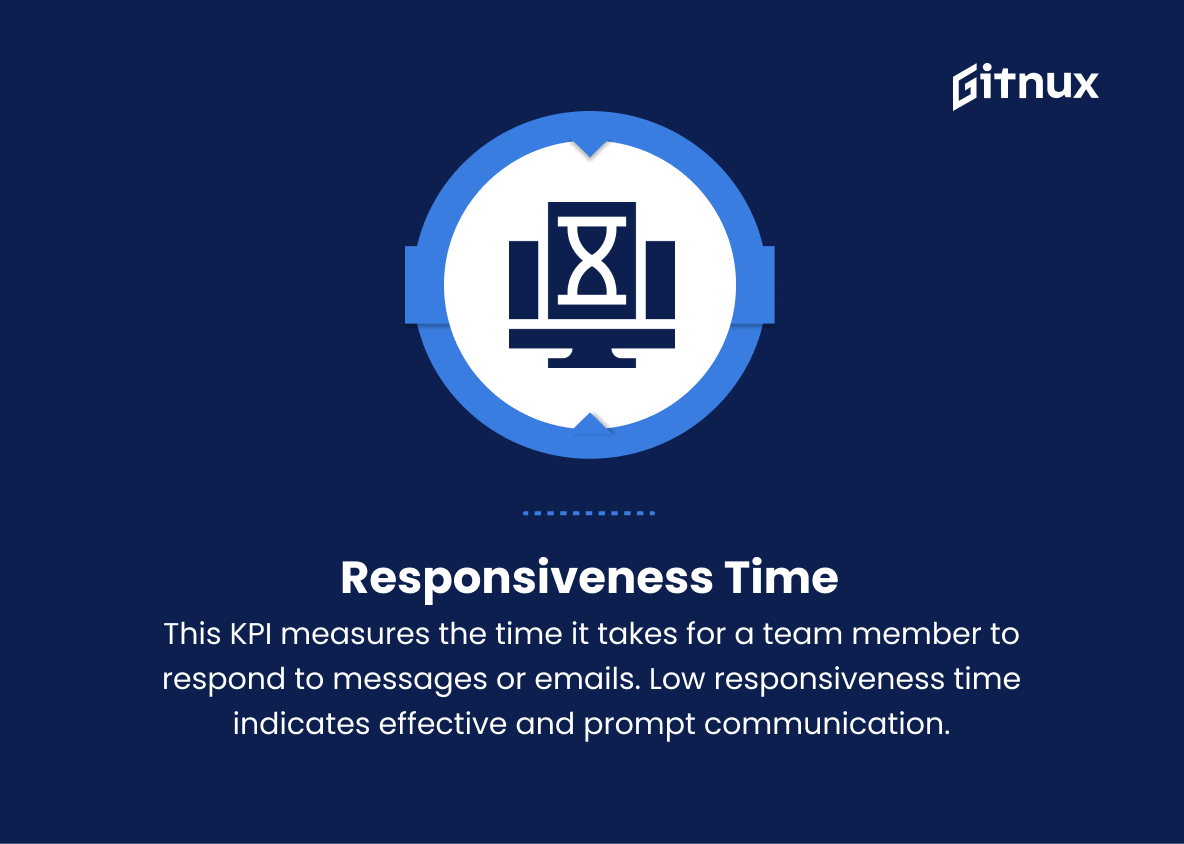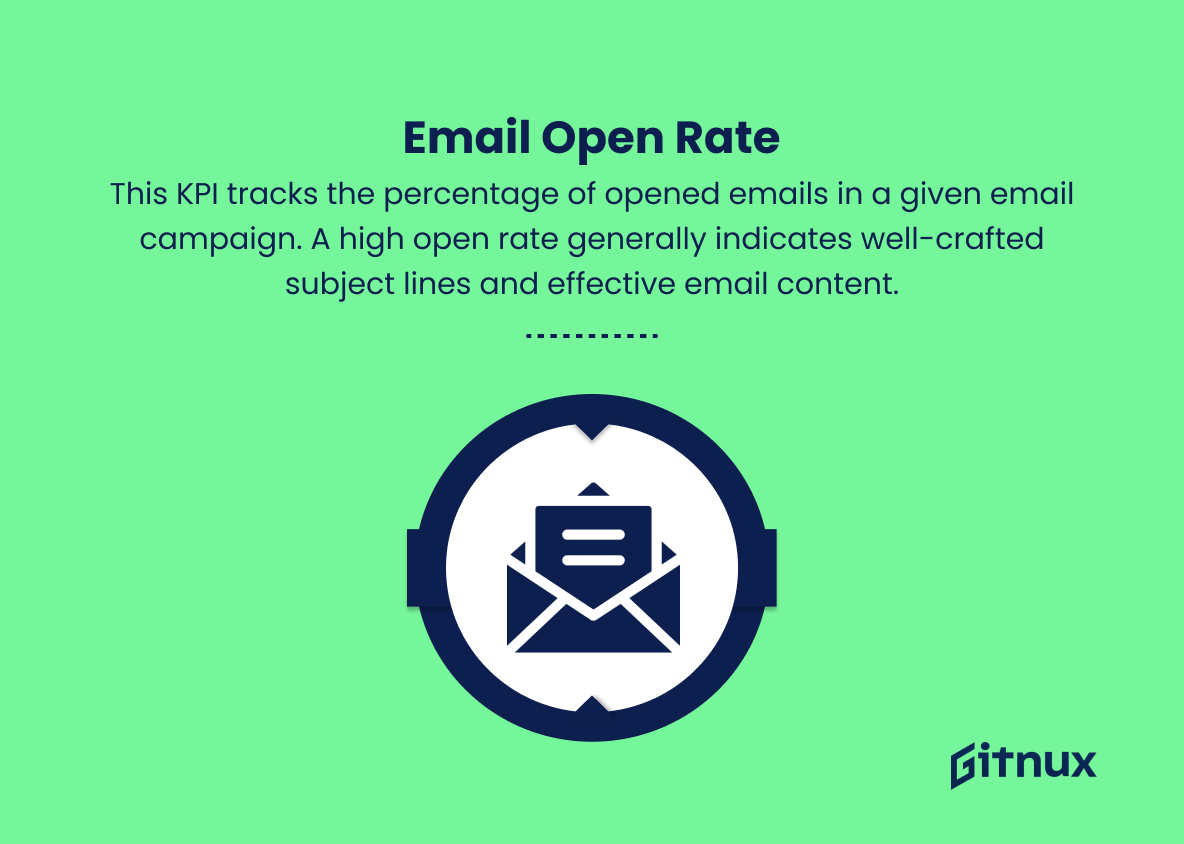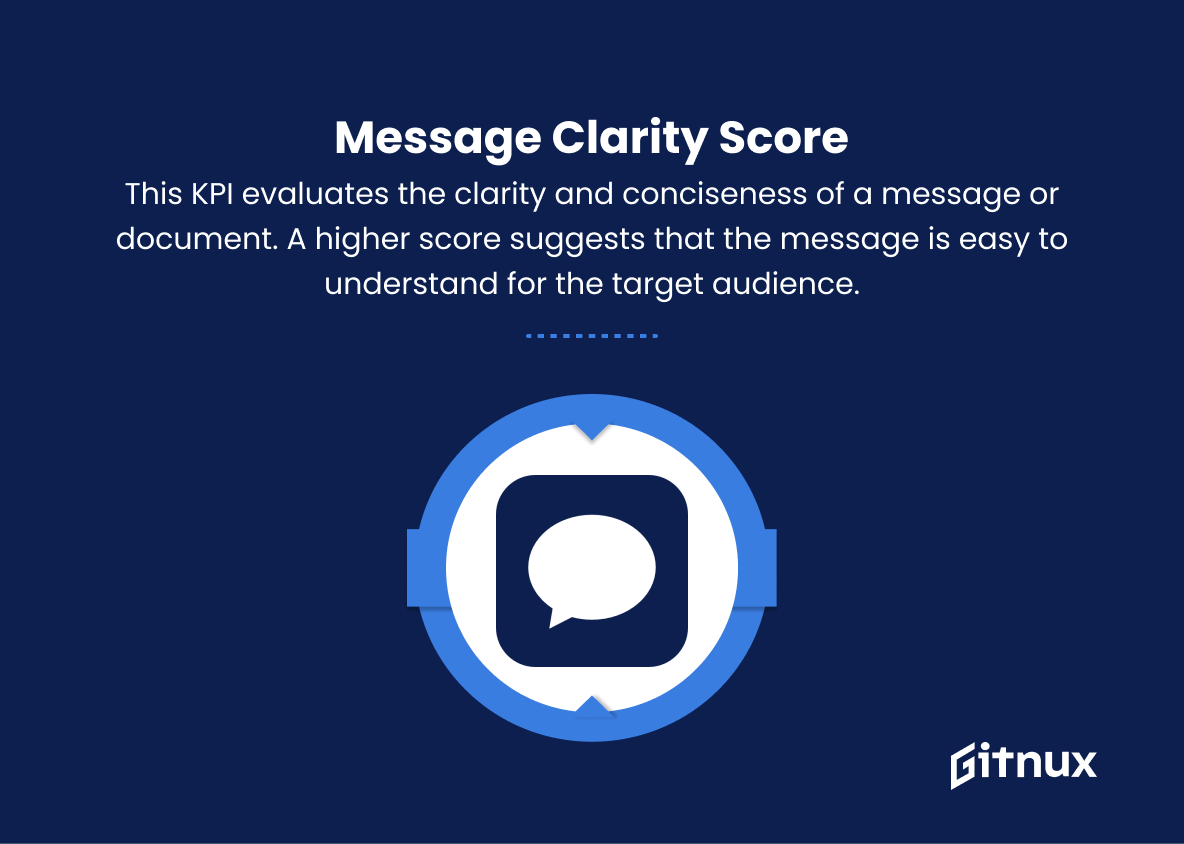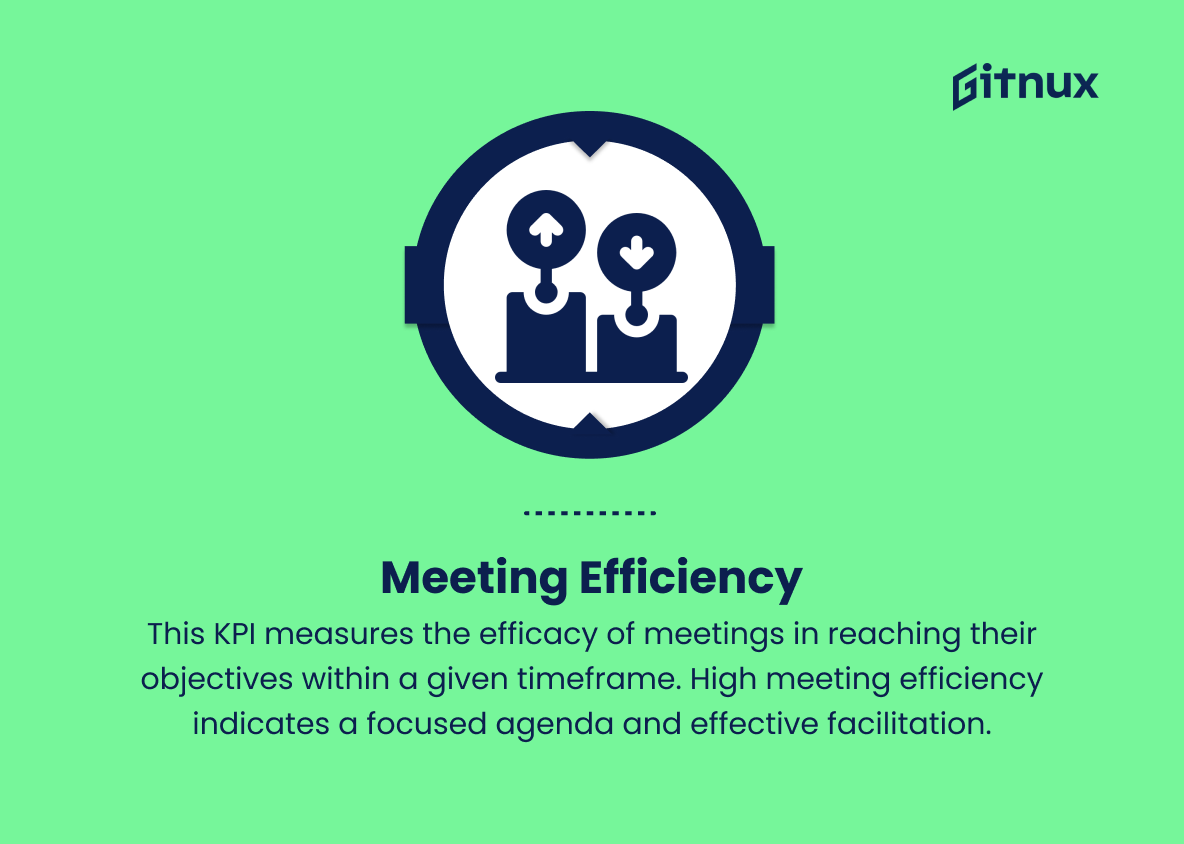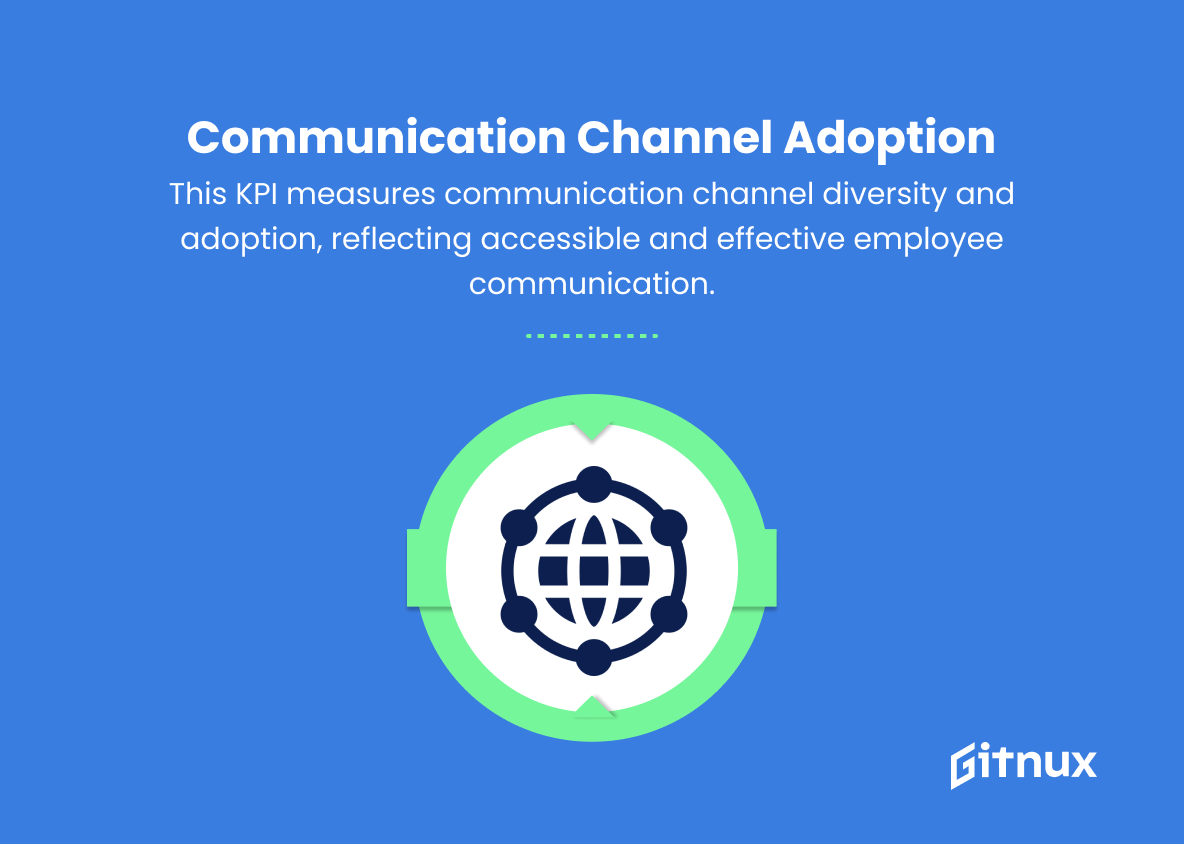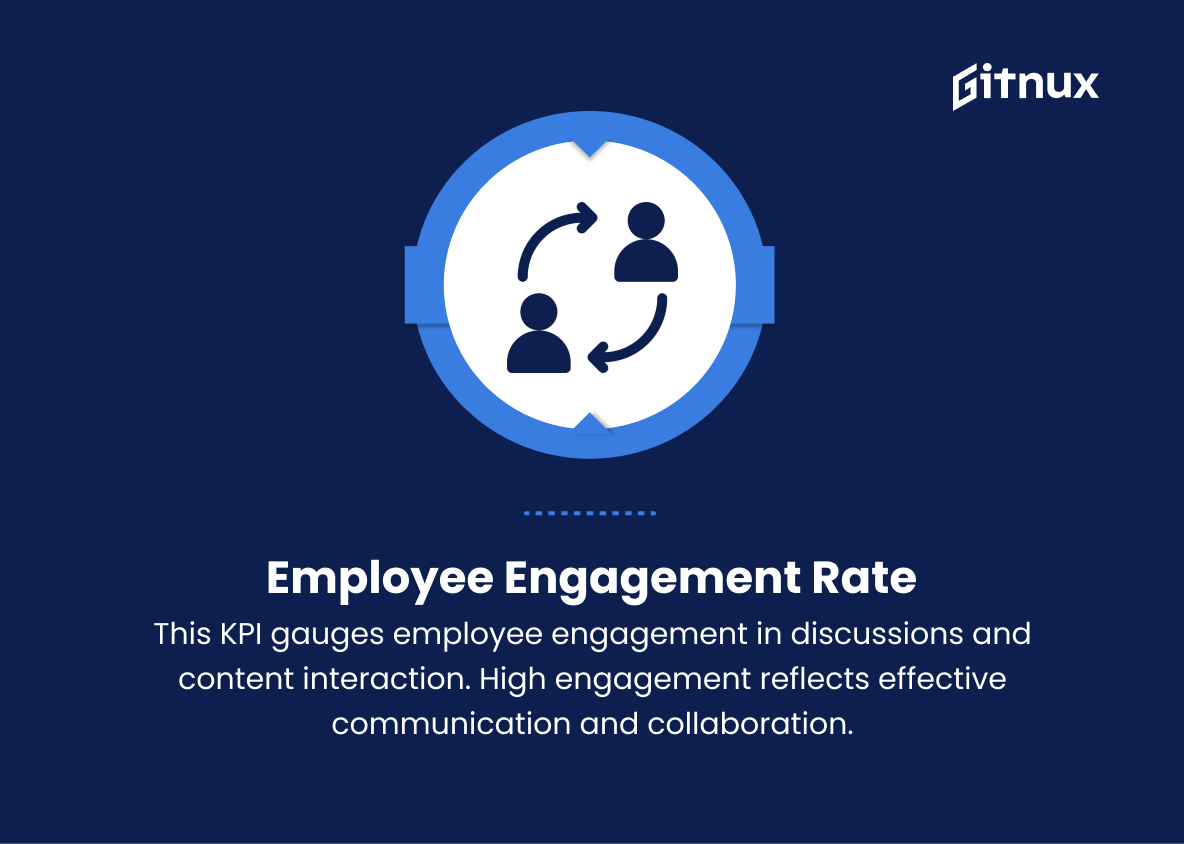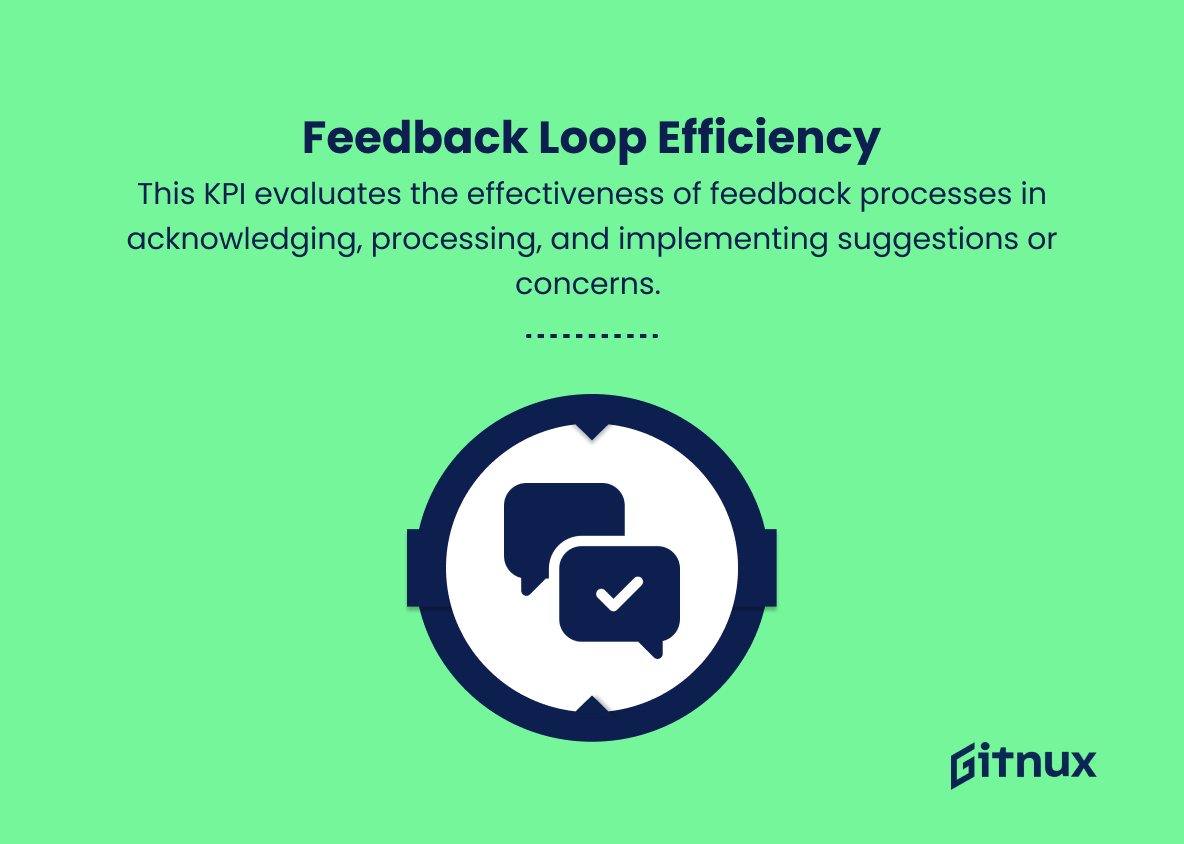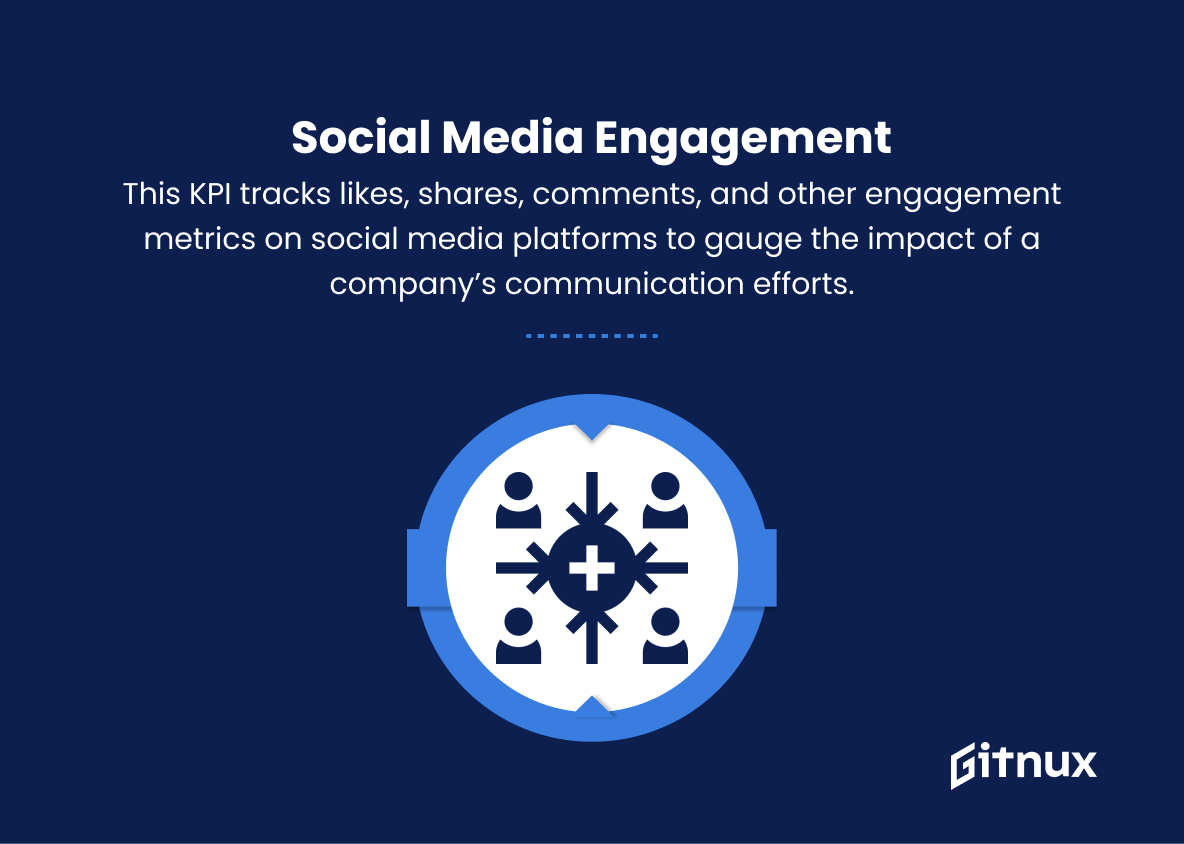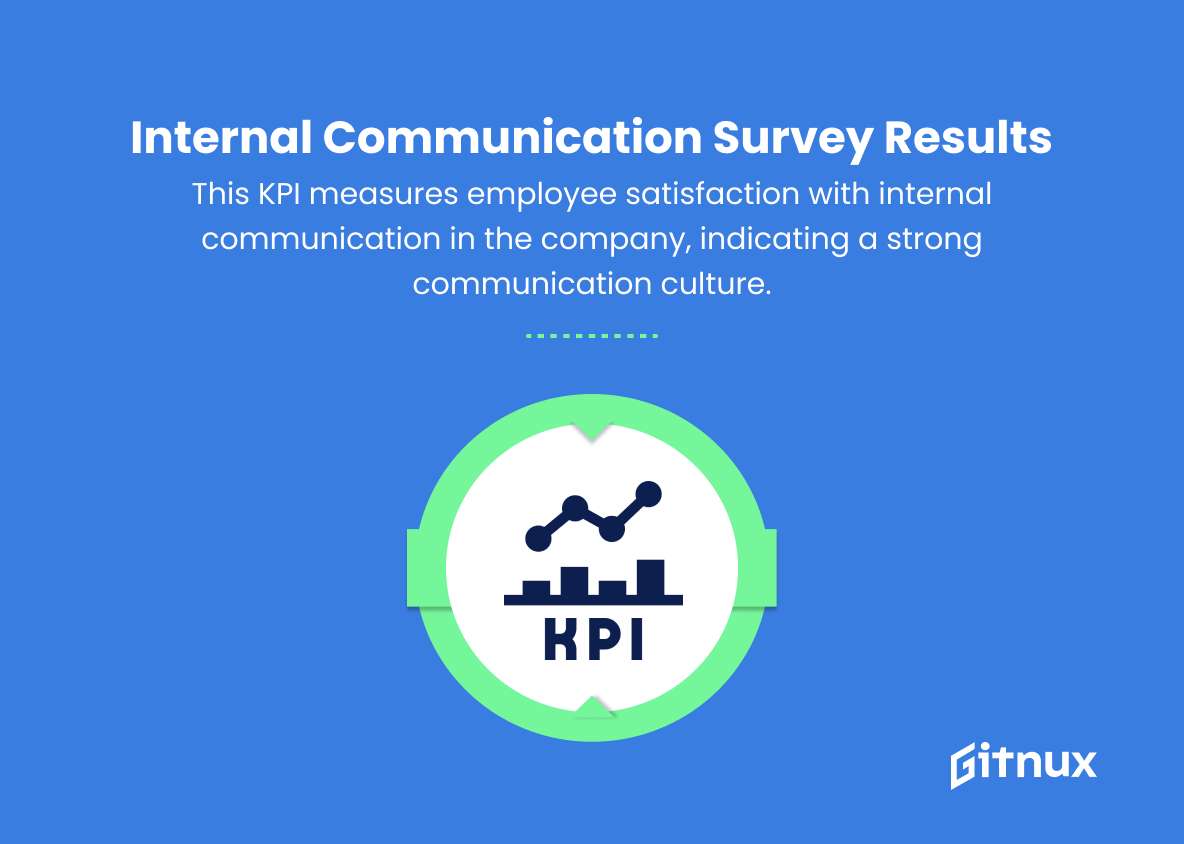In today’s fast-paced digital landscape, effective communication is the cornerstone of success for organizations across industries. As companies increasingly rely on multiple communication channels to engage with their stakeholders, tracking and measuring the effectiveness of these interactions becomes critical. This is where communication key performance indicators (KPIs) come into play.
In this thought-provoking blog post, we delve into the world of communication KPIs and explore their importance and impact on modern business strategies. Join us as we navigate the intricacies of measuring communications success and lay the groundwork for maximizing the potential of your organization’s interactions, from internal collaboration to audience outreach.
Communication KPIs You Should Know
1. Responsiveness Time
This KPI measures the time it takes for a team member to respond to messages or emails. Low responsiveness time indicates effective and prompt communication.
2. Email Open Rate
This KPI tracks the percentage of opened emails in a given email campaign. A high open rate generally indicates well-crafted subject lines and effective email content.
3. Email Response Rate
This KPI measures the percentage of recipients who respond to an email. A higher response rate can be a sign of engaging content and effective communication.
In today’s fast-paced digital landscape, effective communication is the cornerstone of success for organizations across various sectors.4. Message Clarity Score
This KPI evaluates the clarity and conciseness of a message or document. A higher score suggests that the message is easy to understand for the target audience.
5. Meeting Efficiency
This KPI measures the efficacy of meetings in reaching their objectives within a given timeframe. High meeting efficiency indicates a focused agenda and effective facilitation.
6. Communication Channel Adoption
This KPI tracks the usage and adoption of different communication channels in an organization. A diverse range of channels with high adoption indicates accessible and effective communication for employees.
7. Employee Engagement Rate
This KPI measures the extent to which employees are actively participating in discussions or interacting with content shared. High employee engagement signifies that communication efforts are resonating and encouraging collaboration.
8. Feedback Loop Efficiency
This KPI evaluates the effectiveness of feedback processes in acknowledging, processing, and implementing suggestions or concerns. An efficient feedback loop is a sign of strong two-way communication.
Communication KPIs play a crucial role in assessing the effectiveness of an organization’s communication efforts.9. Knowledge Transfer Success
This KPI measures how well information is disseminated within a team or organization. Effective knowledge transfer means that critical information is reaching the right people without misunderstandings or delays.
10. Social Media Engagement
This KPI tracks likes, shares, comments, and other engagement metrics on social media platforms to gauge the impact of a company’s communication efforts. Higher engagement rates suggest successful content sharing and an increased reach of the company’s message.
11. Customer Satisfaction Survey Results
This KPI measures the satisfaction of clients and customers with the company’s communication efforts. High satisfaction scores indicate clear, effective communication and strong customer relationships.
12. Internal Communication Survey Results
This KPI tracks employee satisfaction with internal communication initiatives in the organization. High satisfaction scores among employees suggest a healthy communication culture within the company.
Communication KPIs Explained
Communication KPIs play a critical role in assessing the effectiveness of an organization’s communication efforts. Response Time is essential for timely communication and collaboration, while Email Open Rate and Email Response Rate measure the success of email campaigns. A high Message Clarity Score ensures that messages are easy to understand, and Meeting Efficiency measures how effectively meetings achieve their goals. Communication Channel Adoption ensures that employees have access to multiple channels, increasing collaboration and engagement.
Employee Engagement Rate, Feedback Loop Efficiency and Knowledge Transfer Success reflect the overall effectiveness of an organization’s internal communication strategies. Social Media Engagement demonstrates the impact of external communication efforts, and Customer Satisfaction Survey Results measure the success of communication with customers. Finally, Internal Communication Survey Results indicate employee satisfaction with the company’s communication environment, promoting a healthy communication culture within the organization.
Conclusion
In summary, communication KPIs play a critical role in the success of an organization’s internal and external communication strategy. By implementing these key performance indicators, organizations can track and measure the effectiveness of their communication efforts, identify and address potential weaknesses, and optimize interactions with employees, customers, and stakeholders alike.
As the world becomes increasingly interconnected, prioritizing effective communication and establishing communication KPIs should be an integral part of any organization’s roadmap to achieve long-term success and remain competitive in today’s dynamic marketplace.
